‘You can’t lie… on radio,’ says Liza Tarbuck. The Radio 2 DJ was being interviewed for the network’s birthday portrait, celebrating 50 years since it morphed from the Light Programme into its present status as the UK’s best-loved radio station — with almost 15 million listeners each week. ‘The intimacy of radio dictates you can’t lie because people can hear it.’
She’s absolutely right. As she went on to explain, when you’re driving and it’s just the radio and you, no distraction, ‘You can hear things in my voice that I don’t even know I’m giving away.’ It’s what makes radio so testing for politicians, you can see right through them, and why so many of the DJs on Radio 2 have become household names. We love Ken Bruce, Jo Whiley, Liza Tarbuck, Clare Teal, Steve Wright — and so many of those who have gone before — because they sound as if they really want to talk to us, really know how we are feeling, really want to make our days a little more cheerful.
Even when, as Ken Bruce told us in the rather clumsily titled Bryan Adams: Radio 2 — a Birthday Portrait (produced by Susan Marling), it used to take four days for a listener’s comment to reach him in the studio, there was always an immediacy about the connection between presenter and listener. On this has been built Radio 2’s success. You might not like the music but it’s hard to switch off when the chat between tracks is so engaging, so energised, so keen to please, without being patronising, over-eager or complacent. Your attention is never taken for granted.
It’s always been a go-to place for me when I need a pick-me-up, a more light-hearted look at the world, an alternative to gloom and despair. The new season of One to One (produced by Mark Smalley) on Radio 4 is focusing on practical, everyday ways to counteract more serious bouts of despair. Isabel Hardman, assistant editor of this magazine, talked about her own struggles with mental illness and in the first programme on Tuesday took us outdoors, into the countryside, to hear from the psychiatrist Dr Alan Kellas what he has learned about the benefits to health of reconnecting ourselves with the natural world.
Kellas is working on research into ‘sustainable’ mental health, suggesting that being outdoors can help us to become aware, to switch on our hearing, engage with the world, while being active may provide a sense of purpose. Hardman recalled how she has been helped by engaging in ‘methodical activities’, forcing herself to go for walks along the shoreline near her home with a notebook and pen. ‘Just writing down every wildflower that I saw… It does seem to help take my mind away from the torture chamber inside my head and to focus on the sea campion or thistles…’
This week on the World Service its daily afternoon programme, BBC OS, presented by Nuala McGovern, has been looking at the experiences of Syrian refugees across Europe and the Middle East in an unusual collaboration with Germany’s Westdeutscher Rundfunk radio station and Swedish Radio (both of which are funded at least in part by licence fee). The intention, part of a European Broadcasting Union initiative, is to find out whether those who have been forced to flee are recovering from being uprooted, from those terrifying journeys by sea and long treks across Europe in the hope of finding refuge. Are they beginning to feel integrated with the communities where theyended up?
WDR has established its own digital station for refugees, edited and presented by them. WDRforyou reaches its audience, in Farsi, Pashtu, Arabic and other Middle Eastern languages, mostly through Facebook. Monday’s ‘live’ broadcast on the World Service (produced by Zoe Murphy) was from the WDR studios in Cologne and was streamed throughout Europe via the EBU. Salama and May, both from Syria and trained as journalists by WDR and Swedish Radio respectively, gave us their take on what it means to be a refugee. Salama wanted to investigate attitudes to death in Germany. What will happen when I die? Where should I be buried? If in Germany, none of my Syrian relatives will be able to visit my grave.
May, who arrived in Sweden in 2012, was married at 15 to an abusive husband. She is now divorced and no longer wears the hijab. She wanted to find out how other Syrian women have been affected by moving to a country where attitudes to marriage, gender equality, the woman’s place are so different. ‘I feel like a teenager,’ she says. ‘I’m finding out who I really am.’
Later in the week we heard from Syrians living in Malmo in Sweden, Berlin, Beirut, Cairo and Athens. What emerges is how different the stories of integration can be, and how surprising, the newcomers to Beirut sometimes finding it far more difficult to settle than those who ended up in Malmo.
If you missed them, the reports and live programme can be found online. It’s an opportunity to catch up on stories that have slipped off the agenda.
Got something to add? Join the discussion and comment below.
Get 10 issues for just $10
Subscribe to The Spectator Australia today for the next 10 magazine issues, plus full online access, for just $10.
You might disagree with half of it, but you’ll enjoy reading all of it. Try your first month for free, then just $2 a week for the remainder of your first year.

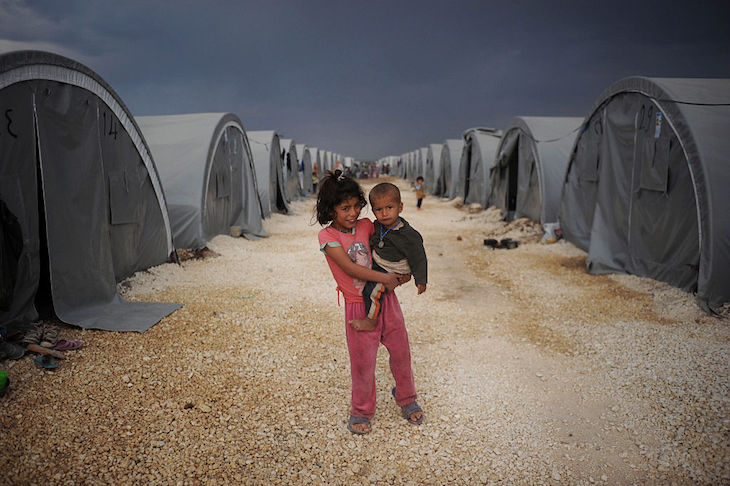
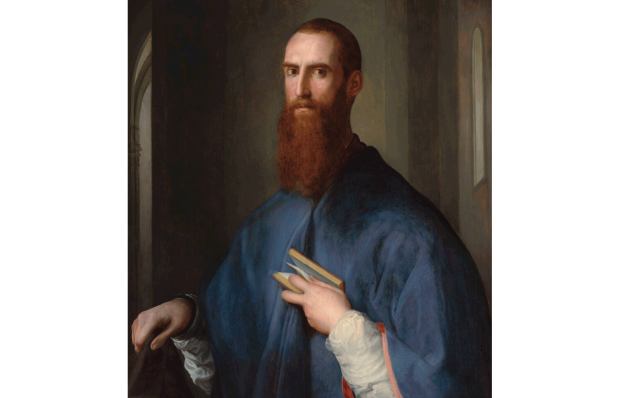
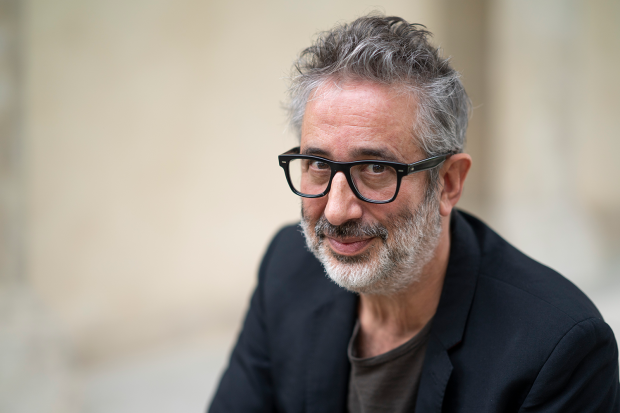
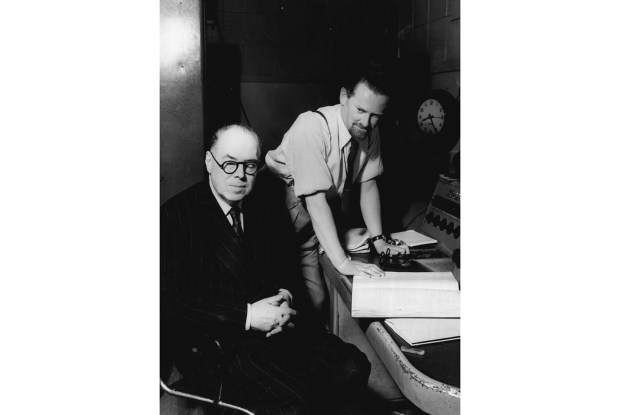
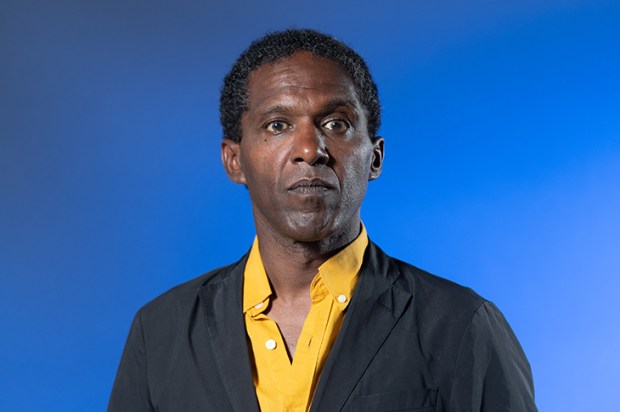
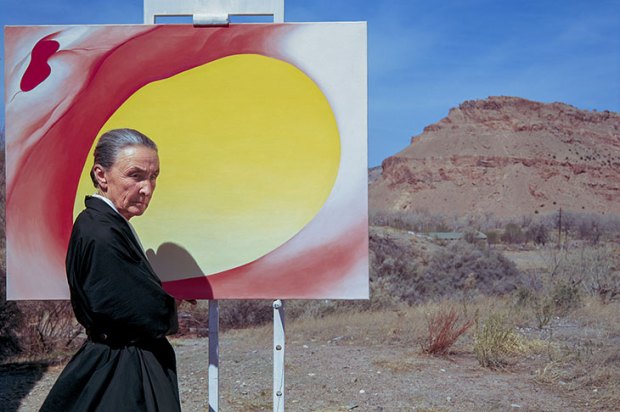
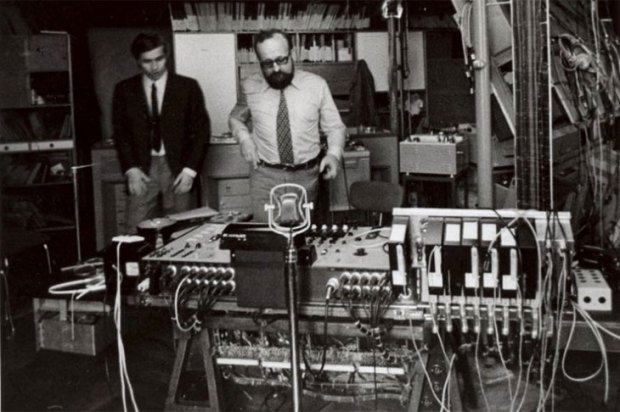






Comments
Don't miss out
Join the conversation with other Spectator Australia readers. Subscribe to leave a comment.
SUBSCRIBEAlready a subscriber? Log in